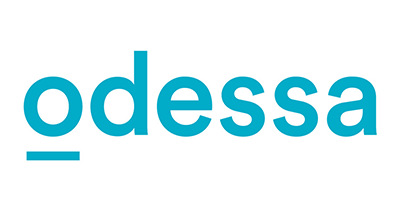
Alternative data is increasingly being used for underwriting purposes in the US sub-prime auto finance market, new research shows.
Alternative credit bureau FactorTrust discovered in an industry-wide survey with 32 key lenders that 53% of respondents currently use alternative data in some capacity.
In addition, nearly one-in-five (19%) are in the process of implementing or testing alternative data and 28% are exploring its use.
Among current users, 82% use alternative data in underwriting, specifically for scorecard development specifically.
Tradeline data is the most often used or desired alternative data type among more than half of all respondents.
Marguerite Watanabe, president of Connections Insights, which performed the study, said: “These findings make it evident that the use of alternative data is now more mainstream than it is ‘alternative’ with non-prime auto financing companies.”
FactorTrust CEO Greg Rable said: “The results support our observations that all finance companies are either examining or integrating alternative data into their credit decisioning processes.
“The more performance data these companies have on potential customers—specifically, alternative credit data they can’t get from the big 3 bureaus—the more effective their lending practices become, making them more competitive.”
According to the 2017 Non-Prime Automotive Financing Survey, the sector experienced the sixth consecutive year of market growth in 2016, but volumes are likely to drop in 2017 in the face of higher risk and lower returns.
Now in its 21st year, the survey is conducted by BenchMark Consulting International and co-sponsored by the National Automotive Finance (NAF) Association and American Financial Services Association (AFSA).
Some 54 lenders participated, representing close to two million sub-prime accounts with more than $31 billion outstanding at year-end 2016.
Sub-prime originations in this group fell by an average of 14.7% in total dollar volume in 2016 compared with 2015, the survey said.
The average credit score at origination increased, suggesting lenders tightened approval standards.

